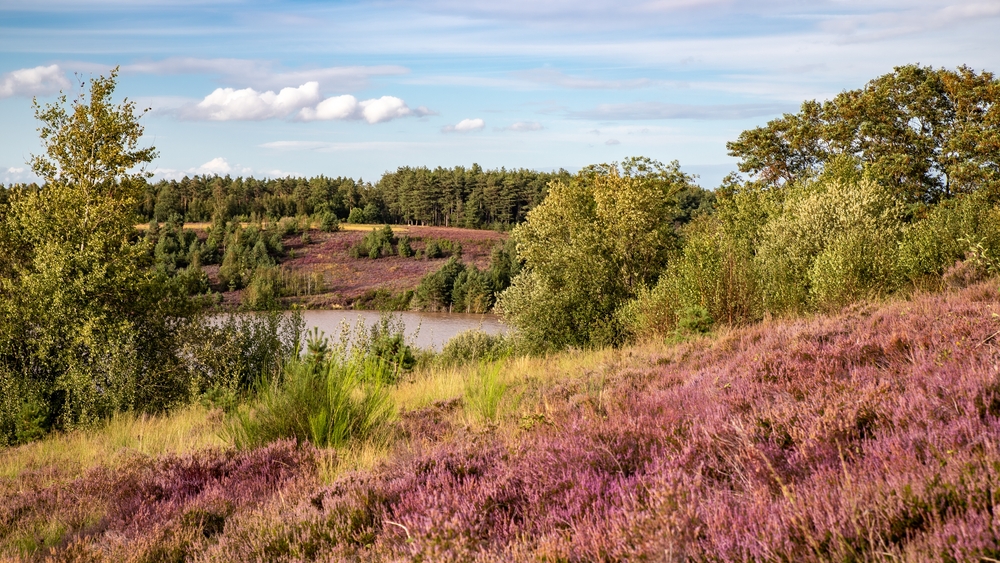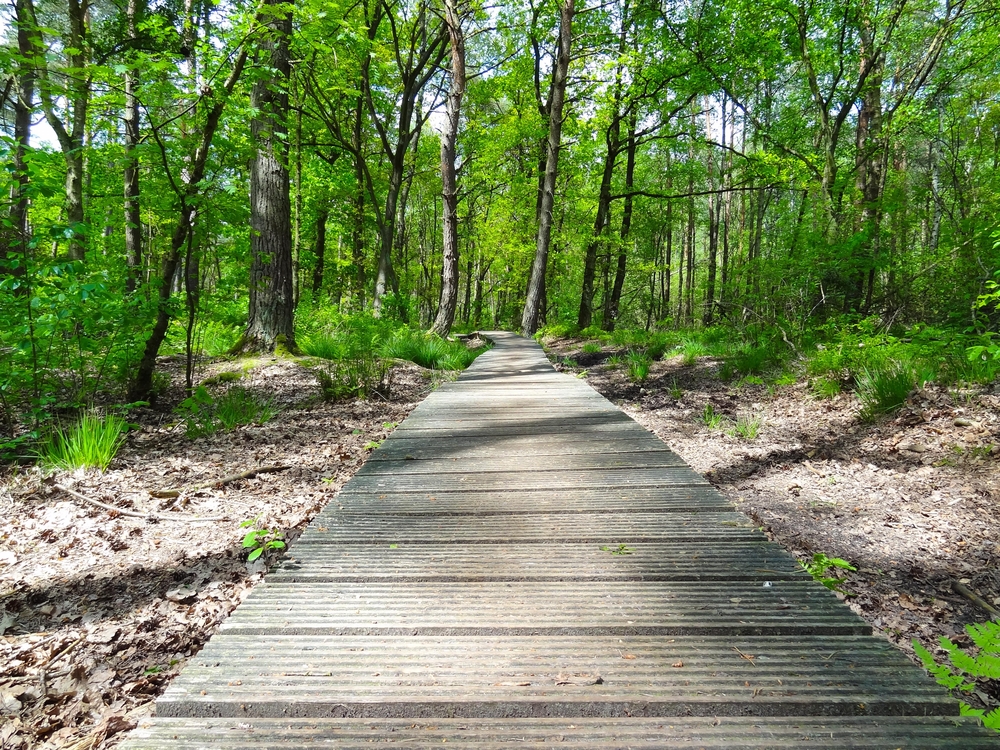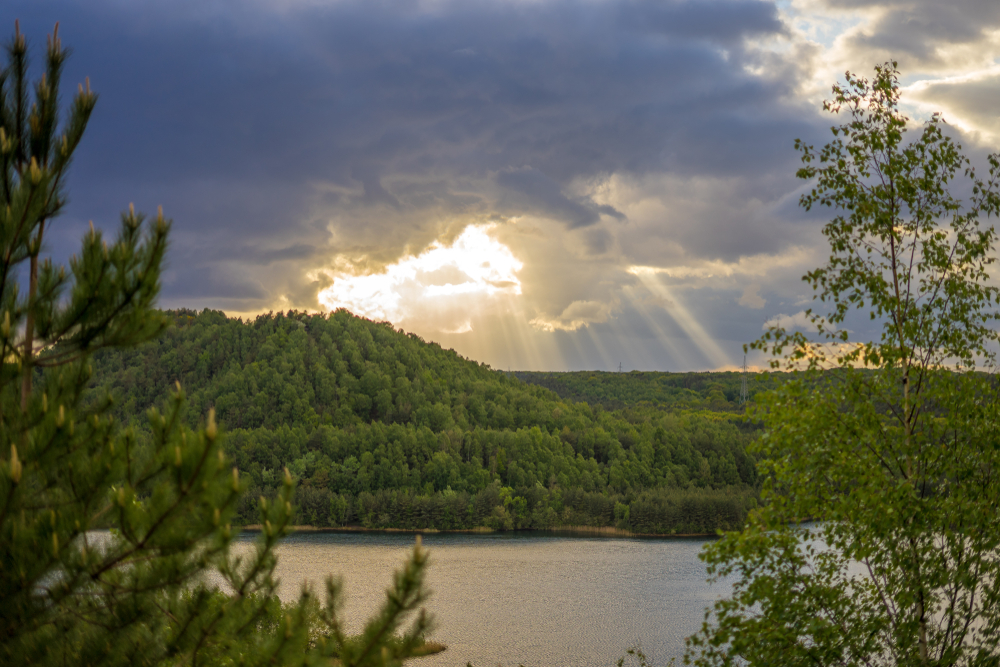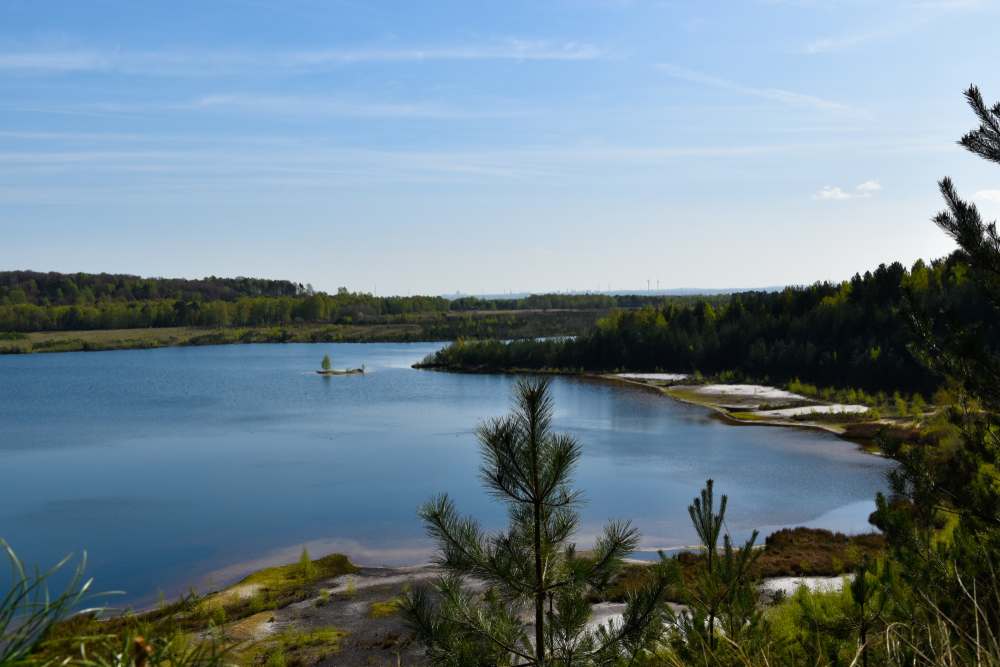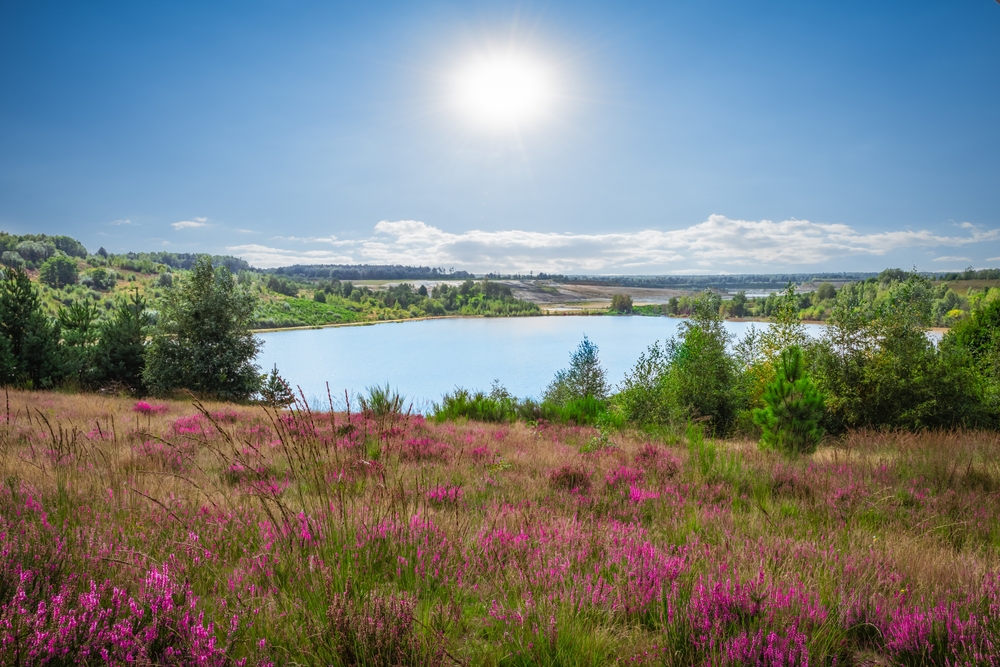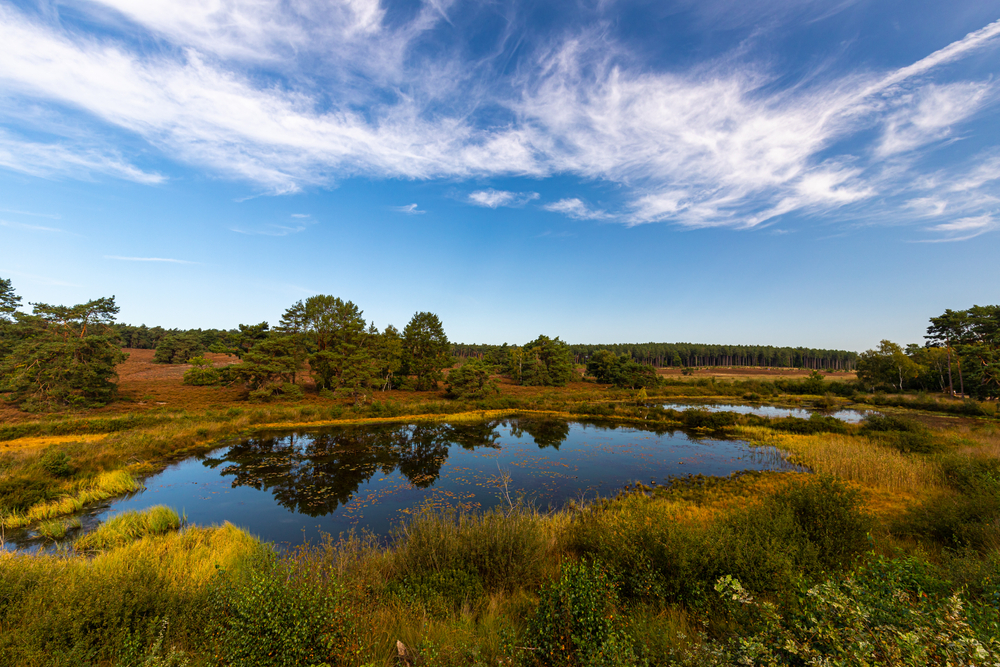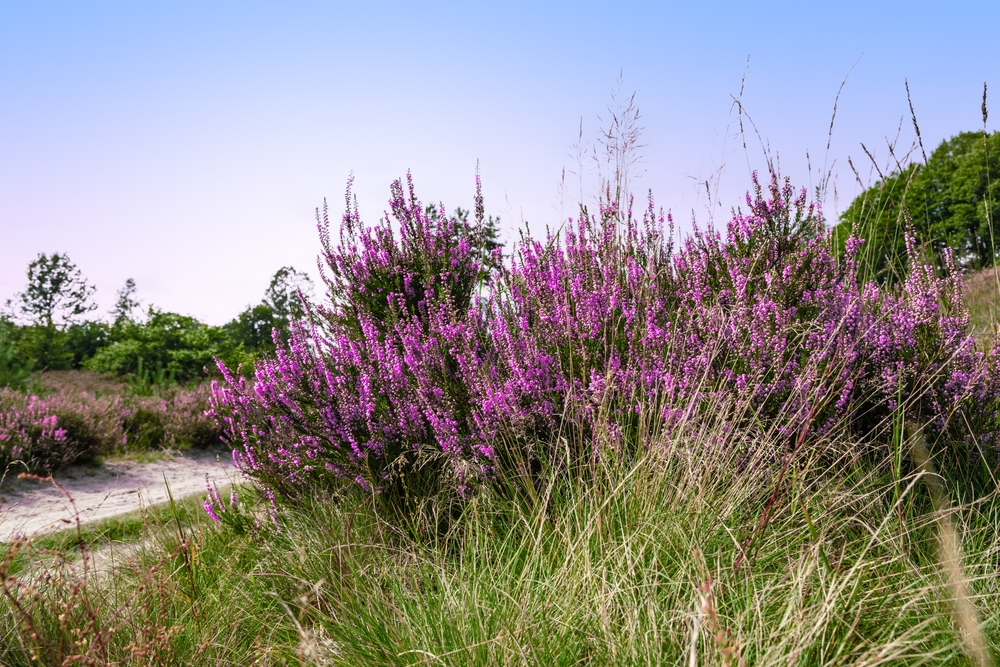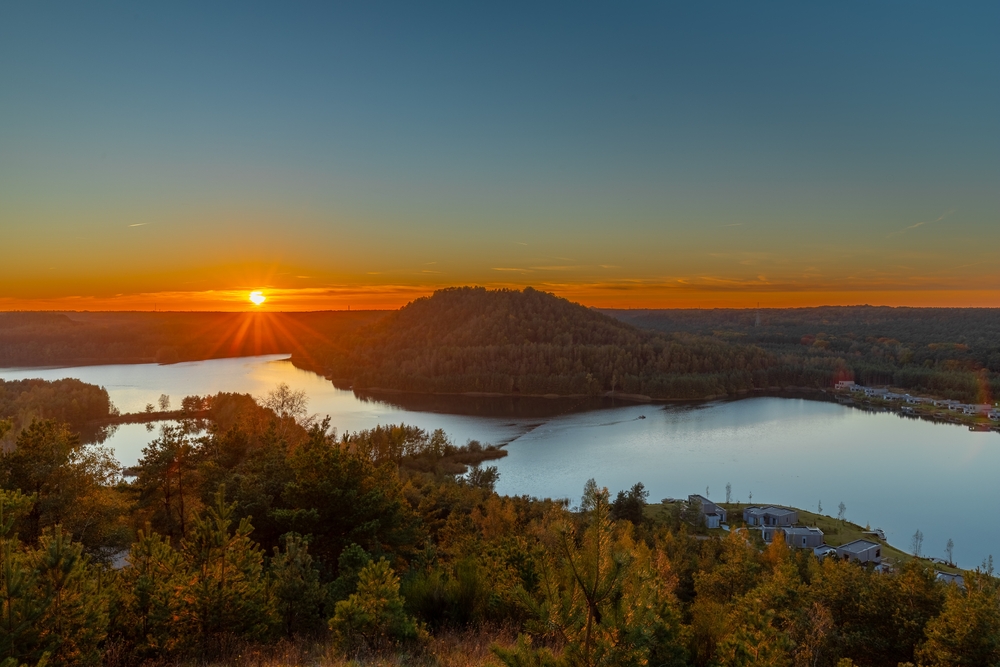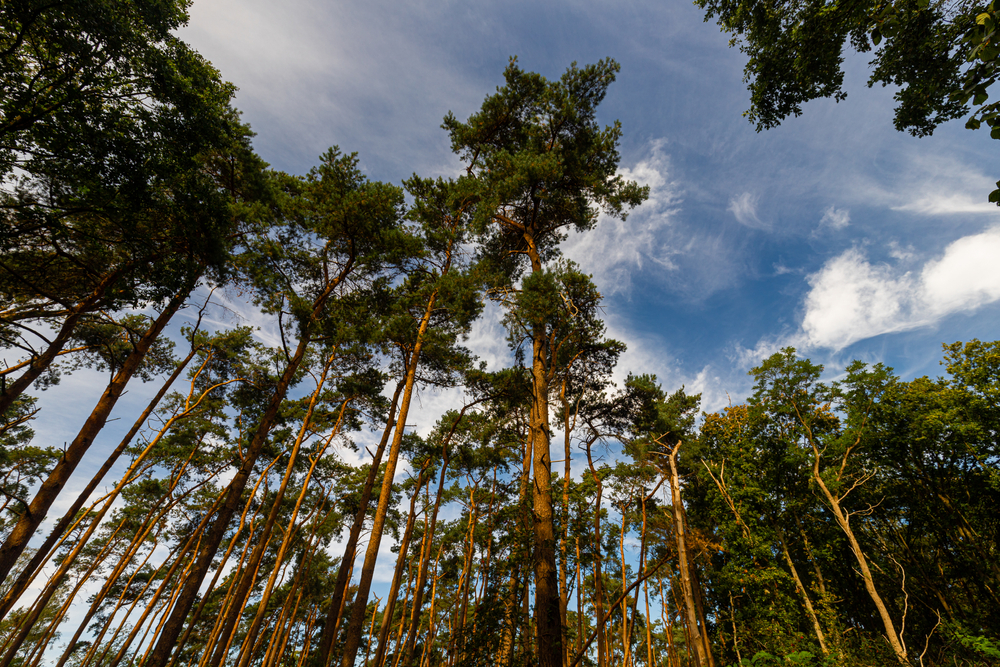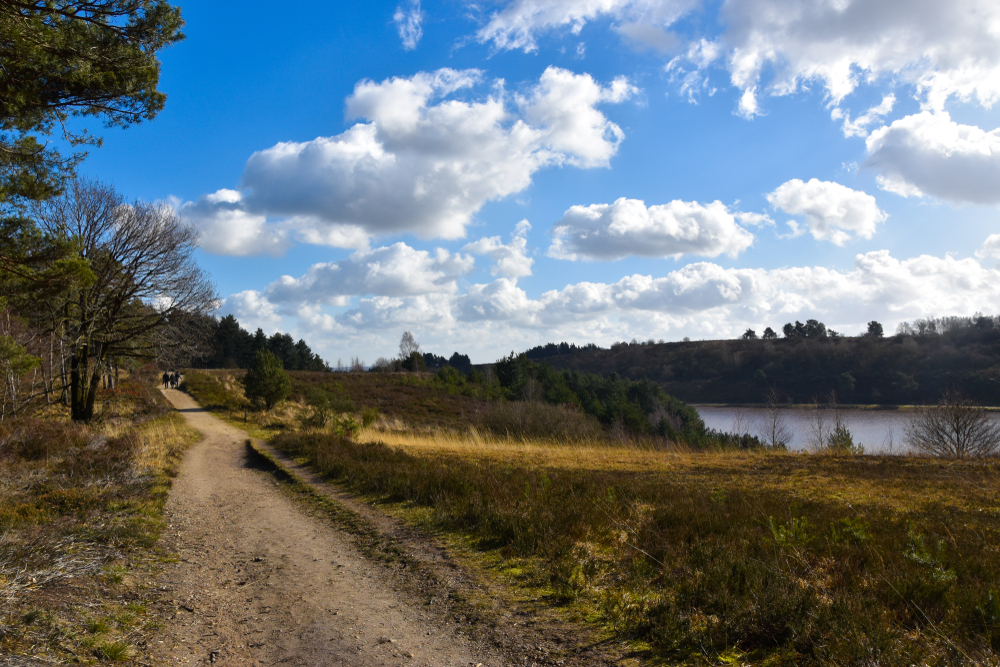Hoge Kempen Overview
Hoge Kempen National Park (in Dutch: Nationaal Park Hoge Kempen) is located in the province of Limburg, in the northeastern part of Belgium. It is the first and largest national park in Belgium, covering an area of approximately 23 square miles (60 square kilometers). Established in 2006, the park is a protected area that showcases the natural beauty of the Kempen region, known for its heathlands, forests, and expansive sandy landscapes.
The landscape of Hoge Kempen National Park is diverse, featuring heathlands, pine forests, sandy dunes, and lakesformed from former gravel pits. The park is characterized by its rolling hills, which provide sweeping views of the surrounding countryside. The Mechelse Heide is one of the largest heathland areas in the park, turning a vibrant purple during the blooming season in late summer. The park also features scenic walking and cycling trails that wind through its varied landscapes, offering visitors a chance to explore its natural beauty.
The vegetation in Hoge Kempen is a mixture of heather, pine, and deciduous forests. The heathlands are home to species such as heather, gorse, and juniper, while the pine forests are dominated by Scots pine and Douglas fir. These ecosystems provide important habitats for rare and endangered plant species, making the park a critical area for conservation.
The wildlife in Hoge Kempen National Park is rich and diverse, particularly for species adapted to heathland and forest environments. The park is home to red deer, roe deer, and foxes, as well as smaller mammals like badgers and hedgehogs. Bird species are abundant, with notable species including nightjars, woodlarks, and honey buzzards. The park also supports a variety of reptiles, amphibians, and insects, contributing to its status as a biodiversity hotspot in Belgium
Park Map
Hoge Kempen National Park Highlights
Engaging Hoge Kempen
Sources
- EUROParcs, Hoge Kempen National Park, https://www.europarcs.com/holiday-parks/belgium/limburg-(be)/hoge-kempen, retrieved August 2024.
- Park Site, Hoge Kempen National Park, https://www.nationaalparkhogekempen.be/en, retrieved August 2024.
- Terrill's, Hoge Kempen National Park, https://terhills.be/en/hoge-kempen-national-park/, retrieved August 2024.
- Visit Limburg, Hoge Kempen National Park, https://www.visitlimburg.be/en/what-to-do/hoge-kempen-national-park, retrieved August 2024.
- Wikipedia, Hoge Kempen National Park, https://en.wikipedia.org/wiki/Hoge_Kempen_National_Park, retrieved August 2024.








































































